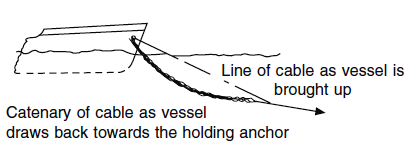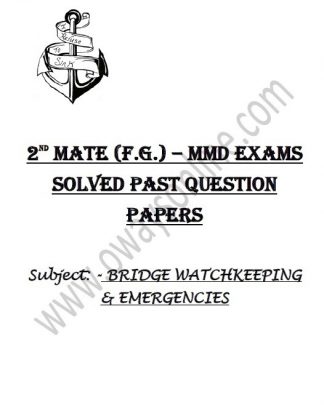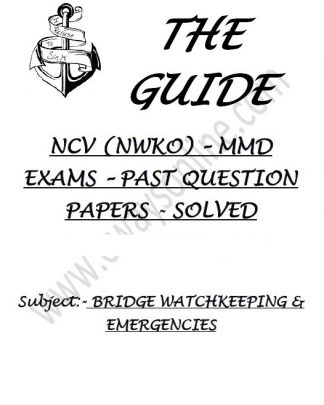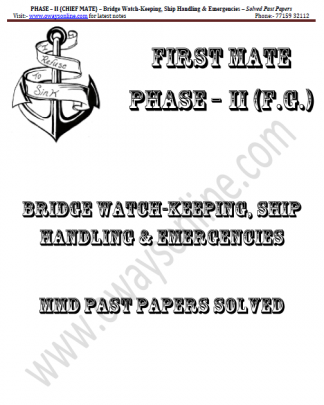Factors to bear in mind while determining Safe Anchorage / Anchor Planning:
- Position of anchoring defined.
- Depth of water and amount of cable.
- State of tide HW/LW, rise of tide.
- Type of holding ground.
- Prevailing weather and shelter.
- Underwater obstructions.
- Rate of current.
- Swinging room from surface objects.
- Length of time vessel intend to stay.
- Ship’s draft and UKC.
- Use of 1 or 2 anchors.
- Proximity of other shipping.
- Local hazards outfalls etc.
- Current weather and expected.
- Position fixing method.
- Distance from shore by launch.
- Types of anchors and holding power.
- Wind direction.
- Speed of approach.
- Night or day signals.
Vessel Brought Up during Anchoring:

- A vessel is said to be brought up when her way has stopped and she is riding to her anchor, with the anchor holding.
- The terms ‘come to’ and ‘got her cable’ are sometimes used to mean the same thing.
- The officer in charge of an anchor party will know when the vessel is brought up, by the cable rising up from the surface towards the hawse pipe when the brake is holding it.
- The vessel should then move towards the anchor, causing the cable to drop back and make a catenary.
Procedure & Precautions for Anchoring in over 20m Water:
- In water of over 20m the anchor should first be walked back to within say 4 or 5 m from the sea- bed, and let go from there.
- This ensures that the anchor will not damage itself falling a considerable distance on to a hard bottom, and also that the cable will not take charge and run out so rapidly that it becomes extremely difficult to hold it on the brake.
- This practice therefore considerably lengthens the life of the brake linings.
Precautions for anchoring in deep waters (over 100m):
- In a very deep anchoring depths, 100m and over, the entire operation of anchoring should be done under power.
- The gypsy should not be taken out of gear at all, because the heavy weight of cable between sea-bed and hawse pipe will undoubtedly take charge.
- In a wind it is better to approach the anchorage heading upwind.
- The ship is more easily controlled and will make little leeway.
- If the wind cannot be brought ahead, however, the ship can let go the anchor in the usual way and using her engines to relieve stresses on the cable, swing head to wind as she brings to.
- The weather anchor should be used so as to avoid nipping the cable round the stem.
- If the vessel is heading dead into the wind’s eye she should have her head cast off one way or the other before letting to the weather anchor.
- The cast should not be excessive, because the ship will rapidly seek to lie across the wind and develop a sharp swing to leeward.
- Correcting helm and bold use of engines should be used if the case develops into a swing.


